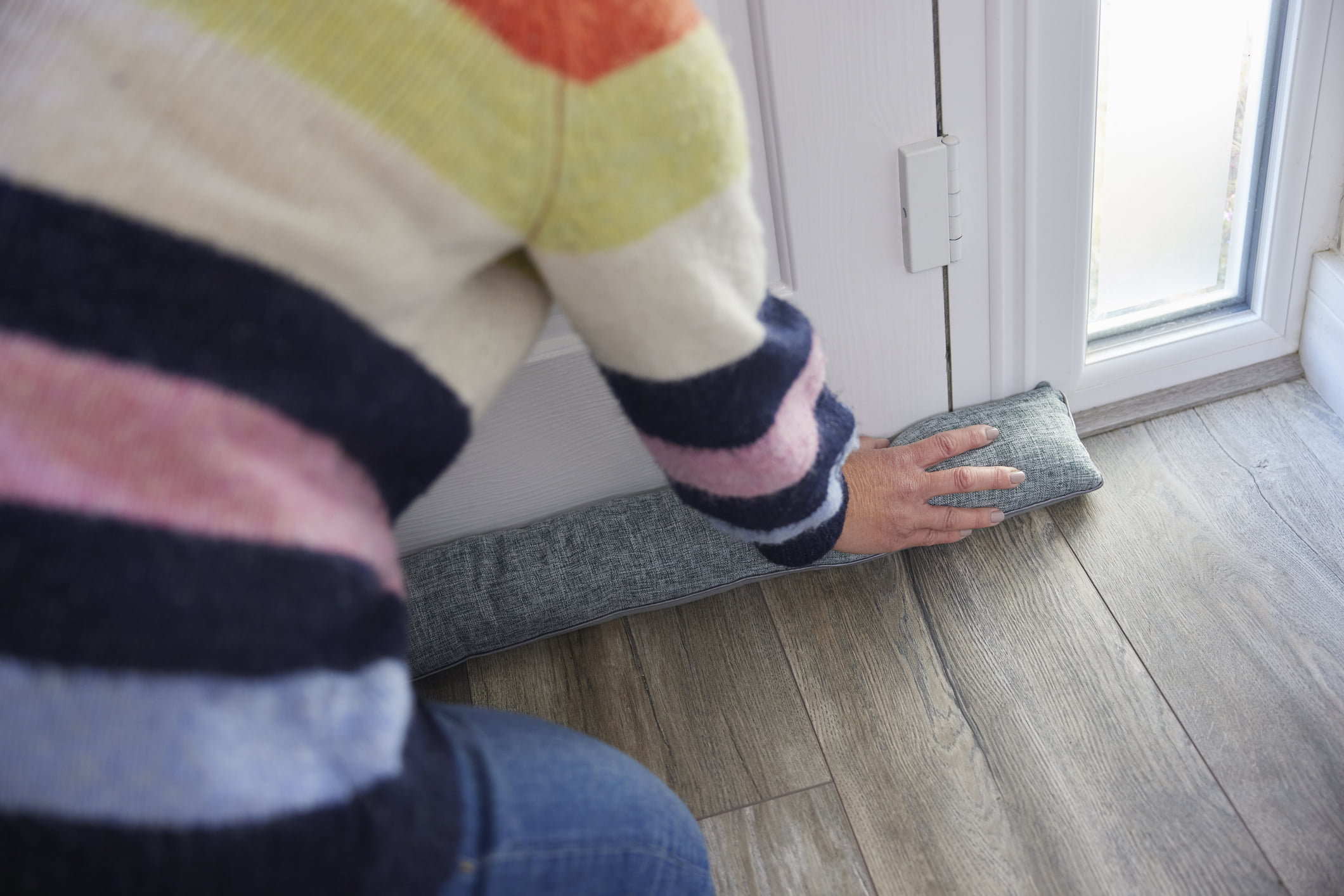For most homes, the ‘heating season’ runs from October to March/April.
The heating season is the period where you need to heat your home on a regular daily basis. As you might expect, this coincides with the colder months. Many people may switch on the heating at times before then depending on the weather and required comfort levels.
If you’re able to get your house ready beforehand, you’ll be ready to reap the benefit when the weather does get colder.
Whether it’s larger jobs like insulation or quick and cheap fixes, here are our everyday experts’ top tips for getting your home ready for winter.

